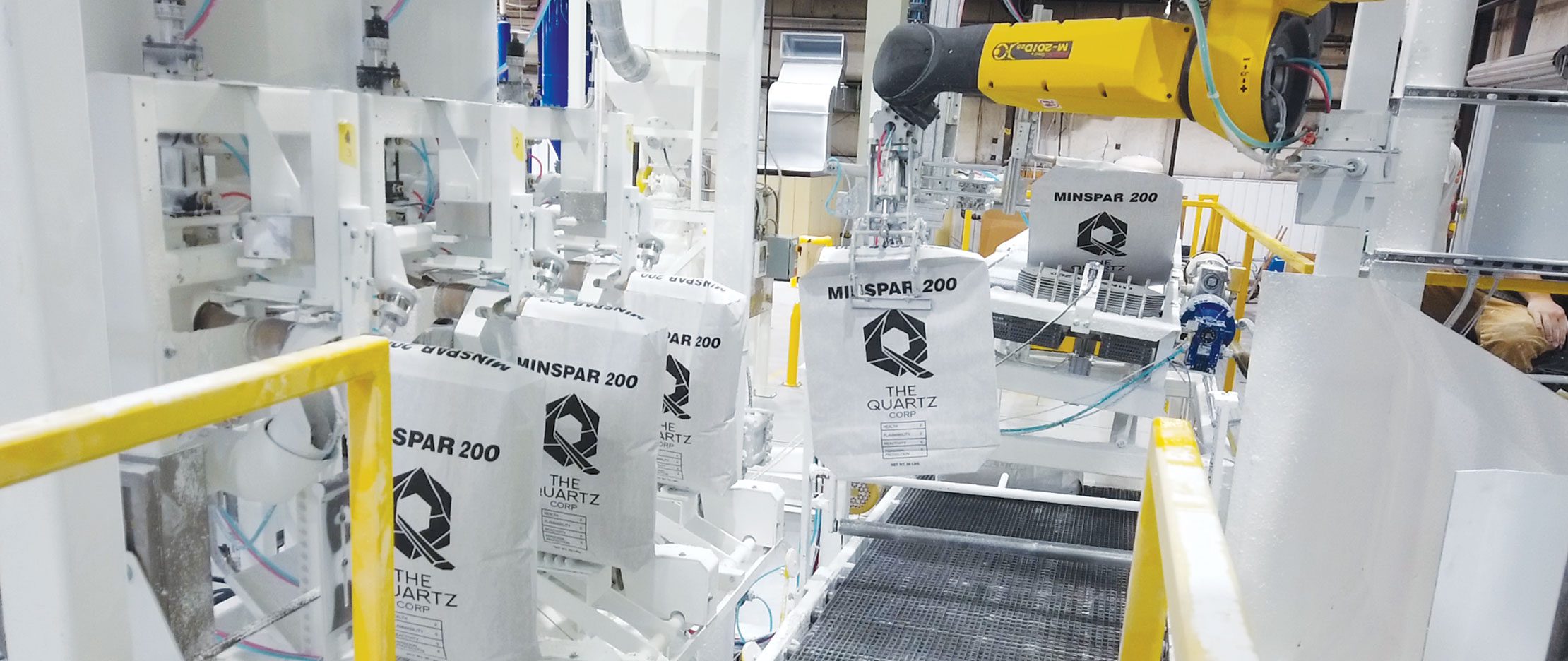
Industrial manufacturers are increasingly turning to robotic integration in packaging systems to increase throughput, consolidate resources, and cut costs. By integrating robotics into the packaging process, companies can reduce manual labor, enhance accuracy, and meet the growing demand for high-speed production. Magnum Systems examines how robotic integration is revolutionizing modern packaging systems, highlighting the key benefits for manufacturers and providing insights into potential applications.
Why Robotic Integration Matters in Packaging
Integrating robotics into packaging systems isn't just a trend—it's a smart investment for manufacturers wanting to stay competitive. Packaging automation enhances speed and output, addresses labor shortages, and minimizes human error, ensuring consistent quality.
Benefits of Robotic Integration in Packaging Systems
Here are some of the most compelling benefits manufacturers are currently seeing from robotic packaging solutions:
Applications of Robotic Systems in Packaging
Robots are transforming how manufacturers handle packaging, especially in industries that focus on bulk material processing, such as food, pharmaceuticals, and industrial products. Key applications include:
1. Palletizing and Depalletizing
Robots excel at quickly and efficiently stacking and unstacking products on pallets. They can handle heavy or awkward loads that would be difficult for human workers. This not only speeds up operations but also lowers the risk of workplace injuries.
2. Primary and Secondary Packaging
Robotic systems smoothly integrate into existing packaging lines, from filling and sealing to labeling. This ensures that products are packaged securely while maintaining both speed and quality control.
3. Product Sorting and Handling
Advanced robotics with vision systems can sort and organize products, enhancing process flow and decreasing time on manual sorting.
4. Bulk Material Handling
For companies specializing in bulk material handling, integrating robotics adds value by automating tedious, repetitive tasks. For instance, robotics can help transfer materials safely and efficiently, maintaining production flow without bottlenecks.
Choosing the Right Robotic System
When considering robotic integration, it's essential to assess your specific operational requirements. Factors like product type, packaging requirements, and line speed should inform your choice of robotic technology.
Key Considerations Include
These questions are crucial for ensuring your investment yields the best results.
How Robotic Integration Addresses Industry Challenges
Robotic integration directly addresses several major challenges in today’s manufacturing industry, such as labor shortages, rising consumer demand, and sustainability objectives.
1. Labor Shortages
The growing struggle to find skilled labor has led manufacturers to automate repetitive tasks, allowing existing staff to focus on more strategic roles. This shift not only boosts employee satisfaction but also supports long-term workforce sustainability.
2. Growing Demands
Whether it's meeting faster turnaround times or adapting production for sudden market shifts, robotics offer the flexibility many manufacturers require. Robotic packaging lines increase throughput while ensuring product quality.
3. Sustainability
Innovative robotic technologies help reduce resource waste during packaging. For example, robots can optimize material use during packing, supporting eco-friendly efforts.
A Strategic Approach to Robotic Integration
For manufacturers unfamiliar with automation, the transition can feel like a steep hill to climb. Partnering with an experienced industrial manufacturing integrator can make the process easier and help ensure a successful shift. An integrator will evaluate your current systems, design a customized solution, and seamlessly implement robotic technologies to deliver results.
Successful robotic integration demands not only the right equipment but also a clear understanding of industry-specific challenges. For manufacturers heavily dependent on bulk material handling systems, there is particularly high potential for efficiency improvements.
The Bottom Line
Robotic integration in packaging systems is changing the manufacturing landscape, offering many benefits from increased efficiency to safer work environments. For industrial manufacturers, adopting robotic technology is not just about staying competitive, but also about achieving long-term savings and driving innovation. Whether your focus is on palletizing, sorting, or eco-friendly packaging, robotic systems can be a game-changer.
If you're ready to explore how robotic integration can elevate your operations, consider partnering with an experienced integrator who understands your industry's specific needs. Contact us to determine the ideal strategy for unlocking the full potential of automation in your business.
Magnum Systems podcast series, AIM!
RELATED POSTS
Robotic End-of-Arm Tool For Safer, Smarter Tool Change
Improve Safety in Packaging: The Power of Integrated Systems and Automation
BioZyme Incorporated Installs a Magnum Systems Versatile Packaging Solution
Eight Reasons to Invest in an Automated Bulk Material Packaging System
Related Post
Predictive Maintenance Part Three: Predicting the Future of Industrial Systems
Predictive Maintenance Part One: The Lifecycle Advantage for Maximizing ROI
Digital Transformation in Mining: The Systems Integrator’s Prospect